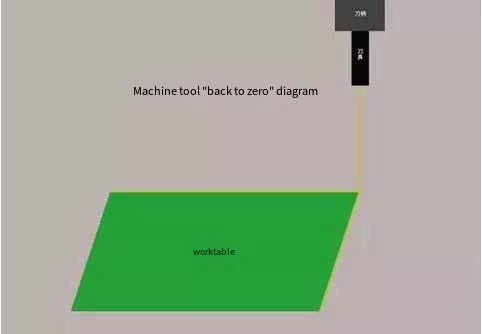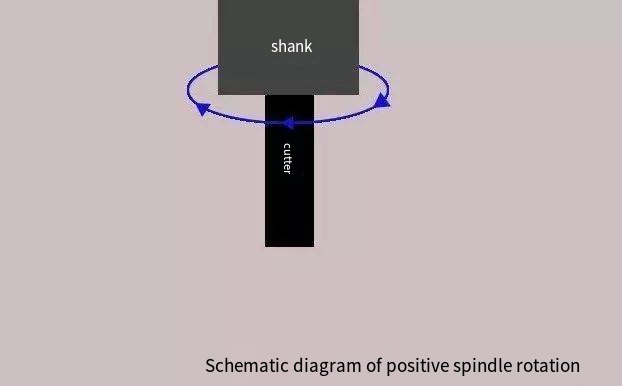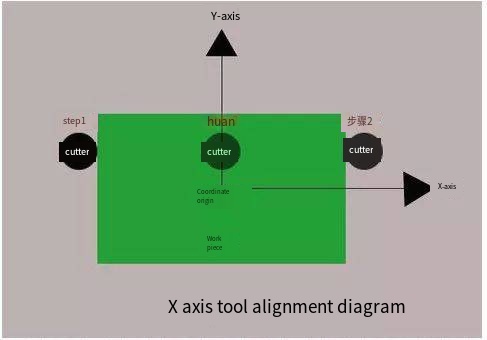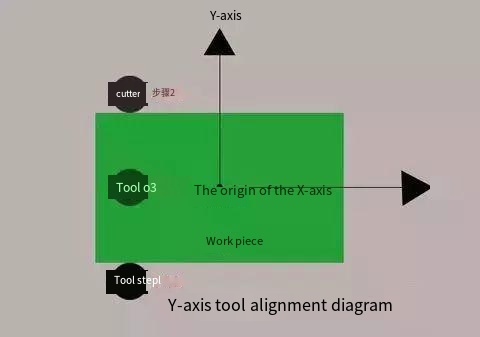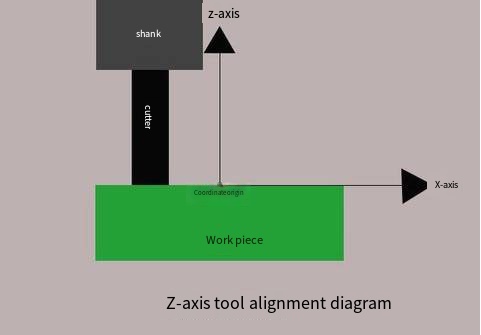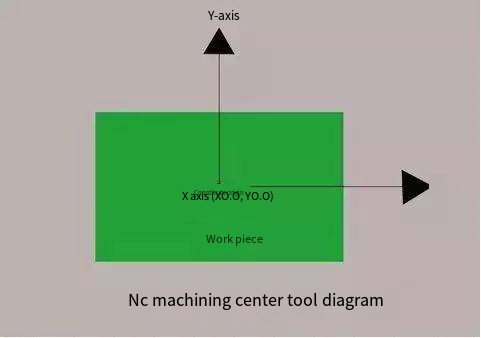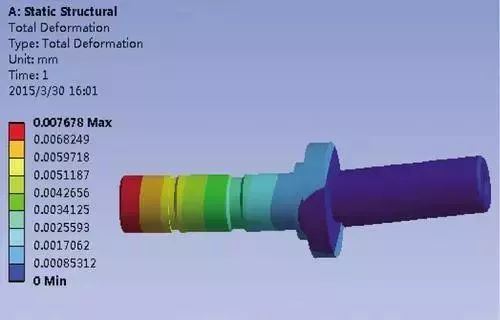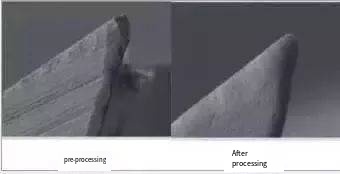From Novice to Expert: Empowering Engineers with Comprehensive Machining Center Know-How
A machining center, also known as a CNC machining center, is a highly automated and versatile machine tool used in the manufacturing industry for various machining operations.
-
Overview: A machining center combines several functions into one unit, including milling, drilling, tapping, boring, and sometimes turning. It integrates a machine tool, a tool changer, and a control system into a single system for increased efficiency and productivity.
-
Types: Machining centers come in different types, such as vertical machining centers (VMC) and horizontal machining centers (HMC). VMCs have a vertically oriented spindle, while HMCs have a horizontally oriented spindle. Each type has its advantages and is suitable for specific applications.
-
Axes: Machining centers typically have three or more axes of motion. The most common are three-axis machines, which have X, Y, and Z axes for linear movement. Advanced models may have additional rotational axes (e.g., A, B, C) for multi-axis machining.
-
CNC Control: Machining centers are controlled by computer numerical control (CNC) systems. CNC programming allows precise control of the machining process, including tool movements, feed rates, spindle speeds, and coolant flow.
-
Tool Changer: Machining centers are equipped with automatic tool changers (ATC) that allow for the quick and automated exchange of cutting tools during the machining process. This enables efficient and uninterrupted production.
-
Workholding: Workpieces are securely held on the machining center’s table or fixture during machining operations. Various workholding methods are used, such as vises, clamps, fixtures, and pallet systems, depending on the application and requirements.
-
Applications: Machining centers are widely used in industries such as aerospace, automotive, medical, and general manufacturing. They are employed for tasks like milling complex parts, drilling holes, creating precise profiles, and achieving tight tolerances.
-
Advancements: The field of machining centers continually evolves with advancements in technology. This includes improvements in machine design, control systems, cutting tool technologies, automation, and integration with other manufacturing processes.
The machining center integrates oil, gas, electricity, and numerical control, and can realize one-time clamping of various discs, plates, shells, cams, molds and other complex parts and workpieces, and can complete drilling, milling, boring, expanding, reaming, Rigid tapping and other processes are processed, so it is an ideal equipment for high-precision machining. This article will share the use skills of machining centers from the following aspects:
How does the machining center set the tool?
1. Return to zero (return to the origin of the machine tool)
Before setting the tool, it is necessary to return to zero (return to the origin of the machine tool) so as to clear the coordinate data of the last operation. Note that the X, Y, and Z axes all need to return to zero.
2. Spindle rotates forward
In “MDI” mode, the spindle is rotated forward by inputting command codes, and the rotation speed is maintained at a medium level. Then switch to the “handwheel” mode, and perform the operation of machine tool movement by switching and adjusting the speed.
3. X direction tool setting
Use the tool to lightly touch the right side of the workpiece to clear the relative coordinates of the machine tool; lift the tool along the Z direction, then move the tool to the left of the workpiece, and move the tool and workpiece down to the same height as before. Touch lightly, lift the tool, write down the X value of the relative coordinate of the machine tool, move the tool to half of the relative coordinate X, write down the X value of the absolute coordinate of the machine tool, and press (INPUT) to enter the coordinate system.
4. Y direction tool setting
Use the tool to gently touch the front of the workpiece to clear the relative coordinates of the machine tool; lift the tool along the Z direction, then move the tool to the back of the workpiece, and move the tool and the workpiece down to the same height as before. Touch lightly, lift the tool, write down the Y value of the relative coordinate of the machine tool, move the tool to half of the relative coordinate Y, write down the Y value of the absolute coordinate of the machine tool, and press (INPUT) to enter the coordinate system.
5. Z direction tool setting
Move the tool to the surface of the workpiece that is facing the zero point in the Z direction, slowly move the tool until it touches the upper surface of the workpiece lightly, record the Z value in the coordinate system of the machine tool at this time, and press (INPUT) to input in the coordinate system.
6. Spindle stop
Stop the spindle first, move the spindle to a suitable position, call the processing program, and prepare for formal processing.
How does the machining center produce and process deformable parts?
For axis cnc machining parts with light weight, poor rigidity, and weak strength, they are easily deformed by force and heat during processing, and the high processing scrap rate leads to a substantial increase in cost. For such parts, we must first understand the causes of deformation:
Deformation under force:
The wall of this kind of parts is thin, and under the action of clamping force, it is easy to have uneven thickness during machining and cutting, and the elasticity is poor, and the shape of the parts is difficult to restore by itself.
Heat deformation:
The workpiece is light and thin, and due to the radial force during the cutting process, it will cause thermal deformation of the workpiece, thus making the size of the workpiece inaccurate.
Vibration deformation:
Under the action of radial cutting force, the parts are prone to vibration and deformation, which will affect the dimensional accuracy, shape, position accuracy and surface roughness of the workpiece.
Processing method of easily deformable parts:
For easily deformed parts represented by thin-walled parts, high-speed machining and cutting with small feed rate and high cutting speed can be used to reduce the cutting force on the workpiece during processing, and at the same time, most of the cutting heat is dissipated by the chips flying away from the workpiece at high speed. Take away, thereby reducing the temperature of the workpiece and reducing the thermal deformation of the workpiece.
Why should machining center tools be passivated?
CNC tools are not as fast as possible, why passivation treatment? In fact, tool passivation is not what everyone understands literally, but a way to improve the service life of tools. Improve tool quality through smoothing, polishing, deburring and other processes. This is actually a normal process after the tool is finely ground and before coating.
▲Comparison of tool passivation
The knives are sharpened with a grinding wheel before the finished product, but the sharpening process will cause microscopic gaps to varying degrees. When the machining center is performing high-speed cutting, the microscopic gap will easily expand, which will accelerate the wear and damage of the tool. Modern cutting technology has strict requirements on the stability and precision of the tool, so the CNC tool must be passivated before coating to ensure the firmness and service life of the coating. The benefits of tool passivation are:
1. Resist tool physical wear
During the cutting process, the surface of the tool will be gradually worn away by the custom cnc workpiece, and the cutting edge is also prone to plastic deformation under high temperature and high pressure during the cutting process. The passivation treatment of the tool can help the tool to improve its rigidity and prevent the tool from losing its cutting performance prematurely.
2. Maintain the finish of the workpiece
Burrs on the cutting edge of the tool will cause tool wear and the surface of the machined workpiece will become rough. After passivation treatment, the cutting edge of the tool will become very smooth, chipping will be reduced accordingly, and the surface finish of the workpiece will also be improved.
3. Convenient groove chip removal
Polishing the tool flutes can improve surface quality and chip evacuation performance. The smoother the flute surface, the better the chip evacuation, and a more consistent cutting process can be achieved. After the passivation and polishing of the CNC tool in the machining center, many small holes will be left on the surface. These small holes can absorb more cutting fluid during processing, which greatly reduces the heat generated during cutting and greatly improves the machining efficiency speed.
How does the machining center reduce the surface roughness of the workpiece?
The surface roughness of parts is one of the common problems of CNC machining centers, which directly reflects the processing quality. How to control the surface roughness of parts processing, we must first deeply analyze the causes of surface roughness, mainly including: tool marks caused during milling; thermal deformation or plastic deformation caused by cutting separation; tool and machined surface friction between.
When selecting the surface roughness of the workpiece, it should not only meet the functional requirements of the surface of the part, but also consider the economic rationality. Under the premise of meeting the cutting function, a larger reference value of surface roughness should be selected as much as possible to reduce production costs. As the executor of the cutting machining center, the tool should pay attention to daily maintenance and timely grinding to avoid unqualified surface roughness caused by too blunt tool.
What should the machining center do after finishing the work?
Generally speaking, the traditional machine tool processing procedures of machining centers are roughly the same. The main difference is that the machining center completes all the cutting processes through one-time clamping and continuous automatic machining. Therefore, the machining center needs to carry out some ” Aftermath work”.
1. Carry out cleaning treatment. After the machining center completes the cutting task, it is necessary to remove chips in time, wipe the machine god, and keep the machine tool and the environment clean.
2. For the inspection and replacement of accessories, first of all, pay attention to check the oil wiper on the guide rail, and replace it in time if it is worn. Check the status of lubricating oil and coolant. If turbidity occurs, it should be replaced in time. If the water level is lower than the scale, it should be added.
3. The shutdown procedure should be standardized, and the power supply and the main power supply on the machine tool operation panel should be turned off in turn. In the absence of special circumstances and special requirements, the principle of returning to zero first, manual, inching, and automatic should be followed. The machining center should also run at low speed, medium speed, and then high speed. The low-speed and medium-speed running time should not be less than 2-3 minutes before starting to work.
4. Standardize the operation. It is not allowed to knock, straighten or correct the workpiece on the chuck or at the top. It is necessary to confirm that the cnc milling parts and the tool are clamped before proceeding to the next step. The insurance and safety protection devices on the machine tool must not be disassembled and moved arbitrarily. The most efficient processing is actually safe processing. As an efficient processing equipment, the operation of the processing center must be reasonable and standardized when it is shut down. This is not only the maintenance of the current completed process, but also the preparation for the next start.
Anebon can easily provide top quality solutions, competitive value and best client company. Anebon’s destination is “You come here with difficulty and we provide you a smile to take away” for Good Wholesale Vendors Precision Part CNC Machining Hard Chrome Plating Gear, Adhering to the small business principle of mutual advantages, now Anebon have won good reputation amid our buyers because of our best companies, quality goods and competitive price ranges. Anebon warmly welcome buyers from your home and overseas to cooperate with us for common results.
Good Wholesale Vendors China machined stainless steel, precision 5 axis machining part and cnc milling services. Anebon’s main objectives are to supply our customers worldwide with good quality, competitive price, satisfied delivery and excellent services. Customer satisfaction is our main goal. We welcome you to visit our showroom and office. Anebon have been looking forward to establish business relation with you.
